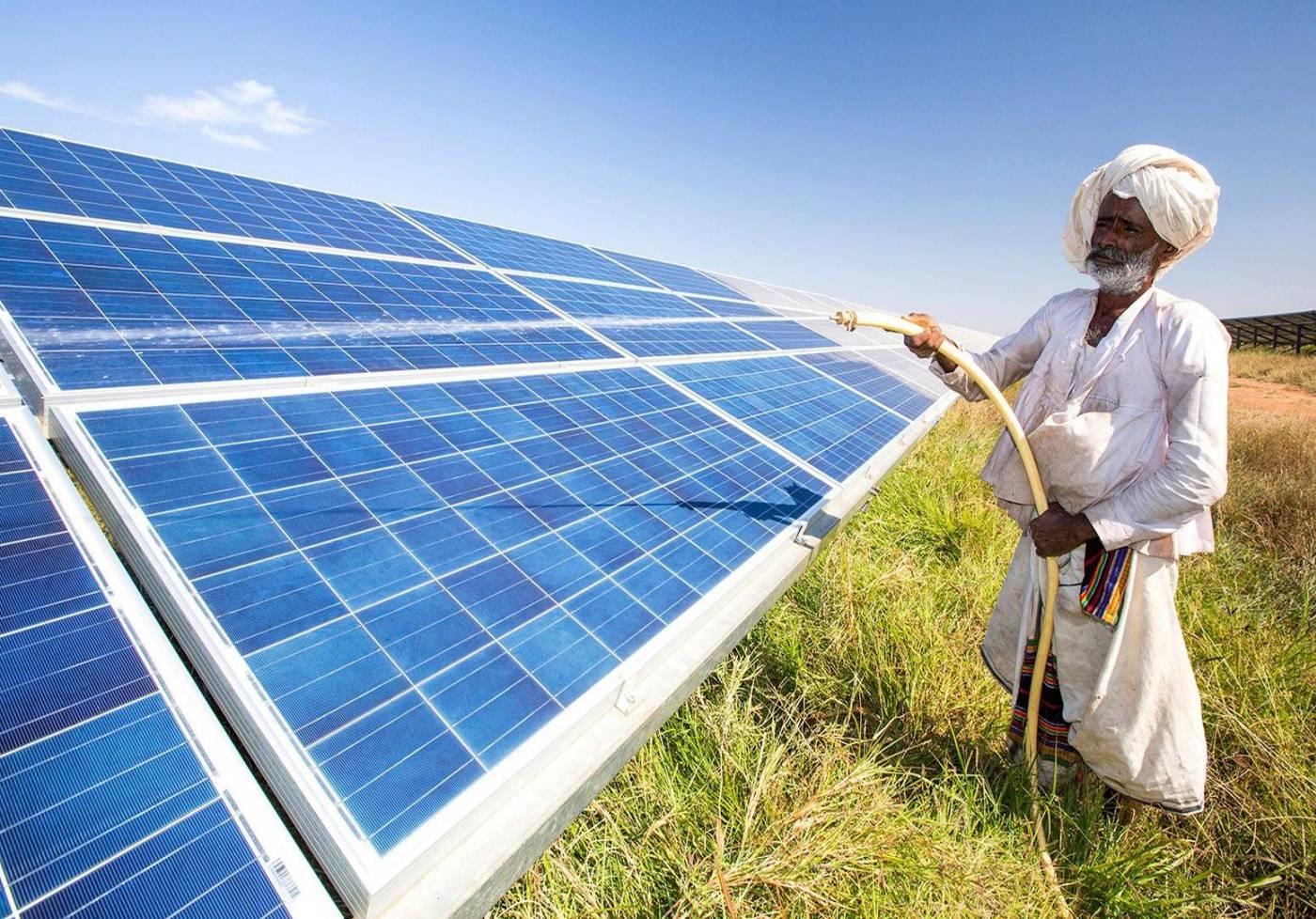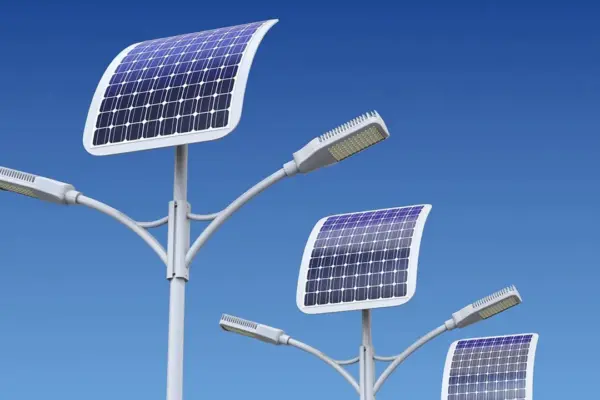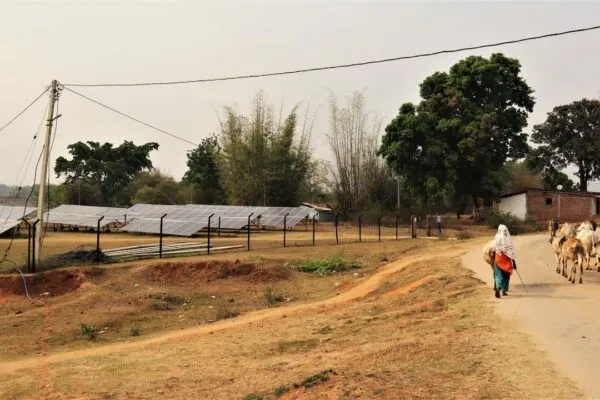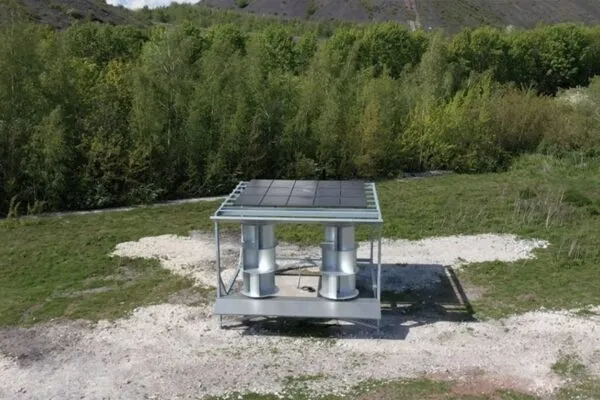Tata Power Renewable Energy Contracts 100 MW Solar Power Projects in UP
These projects can significantly help India get a little bit closer towards achieving its net-zero economy target
India is working toward a fossil fuel-free future, with major players such as Tata and Reliance playing significant roles. Tata Power Renewable Energy Limited (TPREL), which is a wholly-owned subsidiary of Tata Power, has announced that it has commissioned two solar power projects of a total of 100 MW in Uttar Pradesh (UP).
The two plants have been contracted for 50 MW each at Prayagraj and Banda in UP. Both projects have been completed by TPREL and are expected to generate over 221.26 million units annually. These projects would reduce 1,77,037 lakh tons of carbon emissions on yearly basis. The company has signed a power purchase agreement with Uttar Pradesh Power Corporation Limited.
With this 100 MW addition, the functional renewable energy capacity for Tata Power stands at 3,055 MW, which includes 2,123 MW of solar and 932 MW of wind. The total renewable energy capacity stood at 4,909 MW, with another 1,854 MW of renewable projects under various developmental stages.

Image: Intelligent Living
According to the company, 1,59,600 modules were used in the project at Prayagraj and the installation is anticipated to lessen 91,137 lakh tons of carbon emissions, annually. Apparently, the installation of 16 inverters, 103.25 km of DC cable and 4,87,080 man-hours were employed for the smooth application of the project. Meanwhile, in the project at Banda, 1,67,440 modules were used over 236 acres of land, with 16 invertors employing 3,35,000 man-hours.
Praveer Sinha, CEO & MD, Tata Power, said;
The commissioning of Solar PV Projects in Uttar Pradesh’s Prayagraj and Banda has strengthened our position as a leading renewable energy company, and we will continue to contribute to the country’s sustainable energy growth.
Combined, these projects can help India get a little closer to achieving its net-zero economy target. With more companies investing in renewable energy, India might just reach there in time and be capable enough to combat the adverse impacts of climate change on its own.
Via: Live Mint


